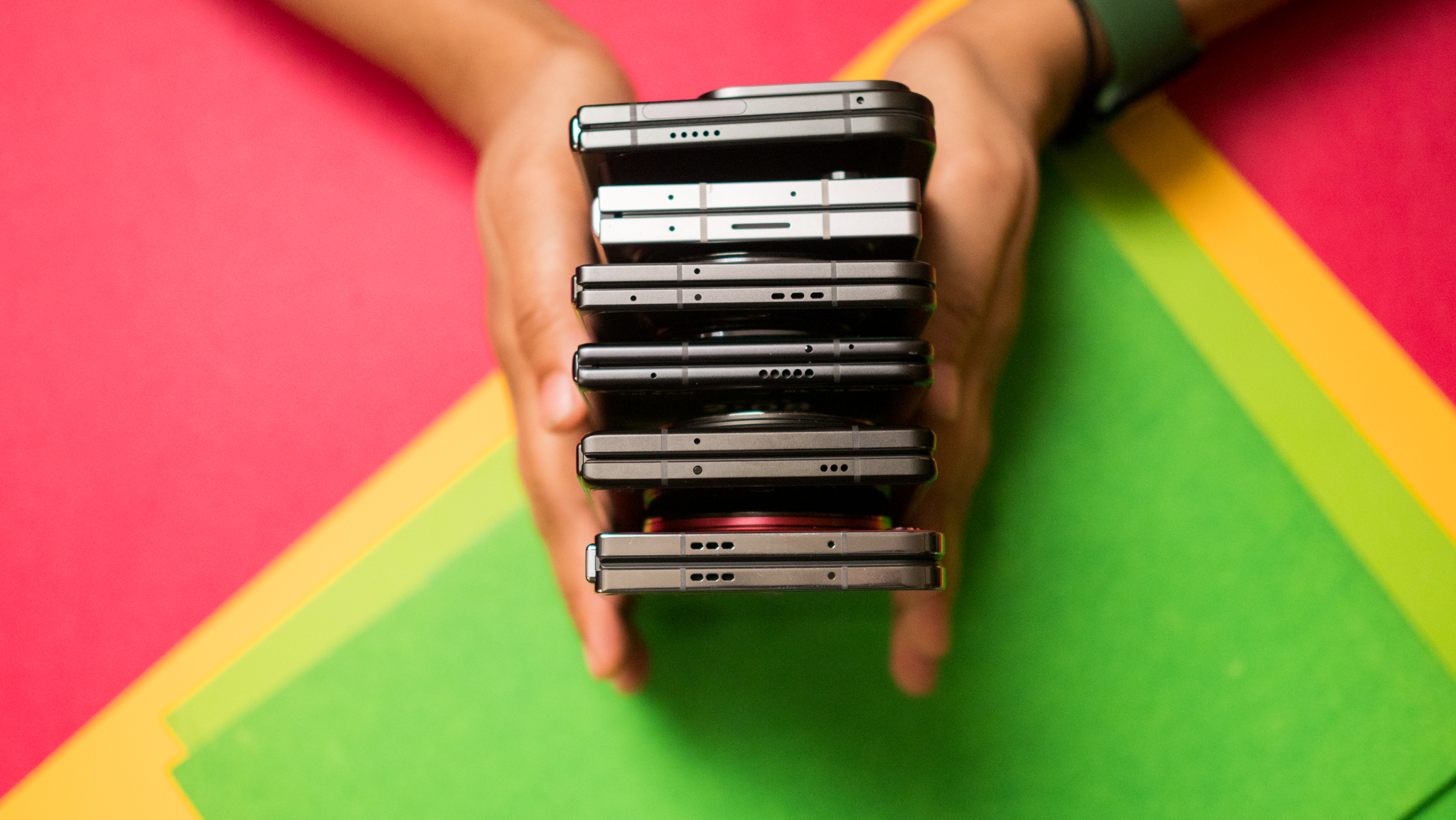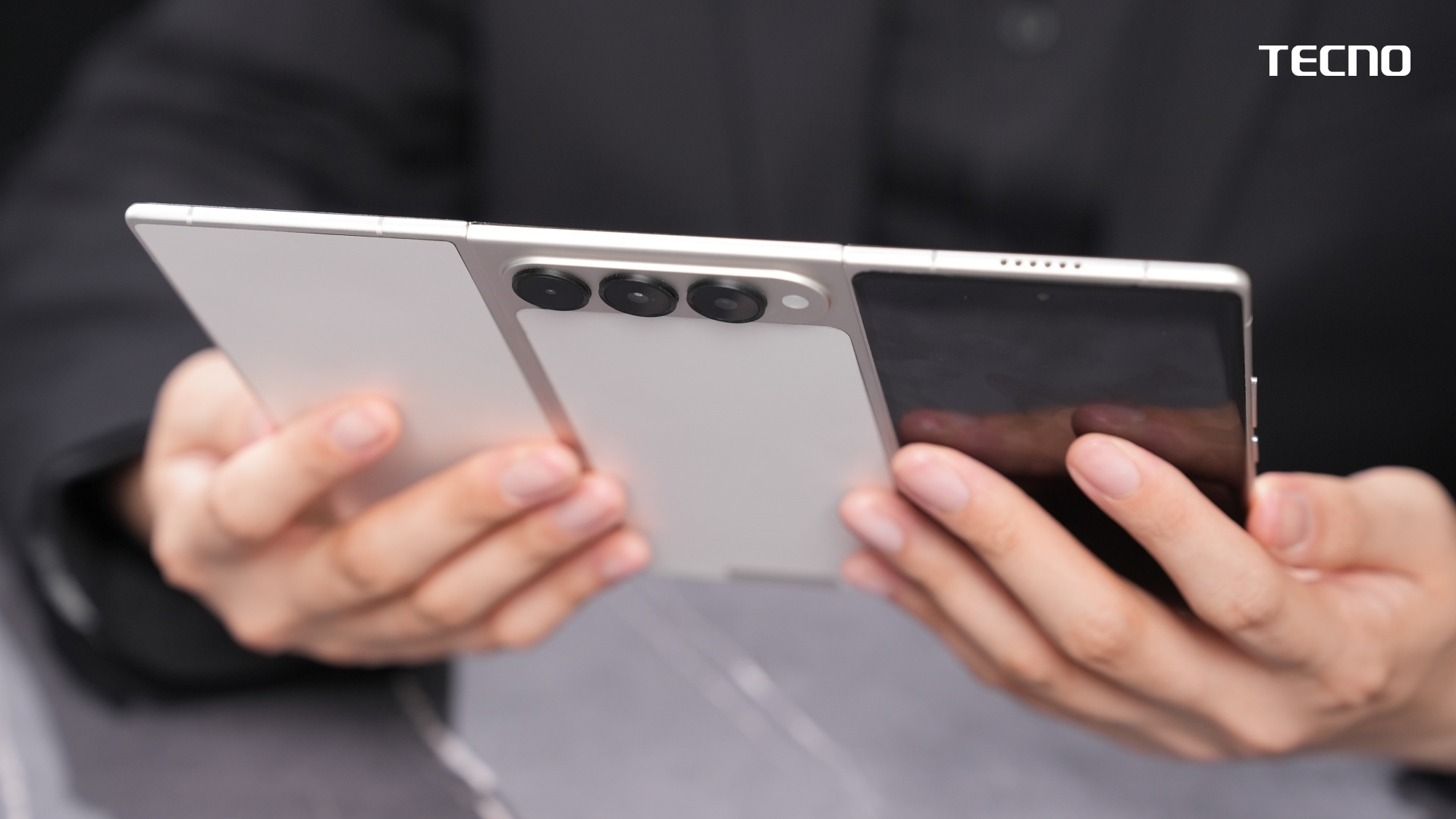
Welcome to Ask Jerry, where we talk about any and all the questions you might have about the smart things in your life. I'm Jerry, and I have spent the better part of my life working with tech. I have a background in engineering and R&D and have been covering Android and Google for the past 15 years.

Ask Jerry is a column where we answer your burning Android/tech questions with the help of long-time Android Central editor Jerry Hildenbrand.
I'm also really good at researching data about everything — that's a big part of our job here at Android Central — and I love to help people (another big part of our job!). If you have questions about your tech, I'd love to talk about them.
Email me at askjerryac@gmail.com, and I'll try to get things sorted out. You can remain anonymous if you like, and we promise we're not sharing anything we don't cover here.
I look forward to hearing from you!
Are tri-fold phones going to be more fragile than regular foldables??

Rick asks:
I like the idea of having a phone with a very large display that can fold into a device that's more pocket-friendly. Trifold phones have my attention! I question the durability, though. Foldables in general had a rough start and I like to keep a phone for a full two years. I'm wondering how having more glass and a second hinge is going to affect the longevity of the device.
Thanks in advance.
Hi Rick. You also mentioned that English wasn't your first language and apologized for any errors, so I have to tell you that your English is better than mine!
In regard to your question, it's very important. It's also something that most people aren't thinking about and probably won't until enough people get a tri-fold device to show off pictures of broken ones on social media. That makes it doubly important to me. We saw the same scenario when Samsung debuted the Z Fold, and displays started separating and cracking.
Your reasoning is very sound. The mechanical problems with foldables stem from using super-thin glass and a hinge. A tri-fold will have one more of both. When you make glass that thin, any imperfection will (not might, but will) cause a crack. In turn, that crack will grow until it reaches the edge of the glass itself and can go no further.
When the display layer is embedded into the glass sandwich, you have more than just a crack in the glass to contend with. Any ding or even a fingernail gouge could make the screen unusable.
To combat this, phone makers keep working on how the glass, the display component, and very tough and flexible polymers can be layered to toughen things up. A phone like the Galaxy Z Fold 7 is much better than the original Z Fold, and even better than last year's Fold 6 when it comes to the display materials.

Everything centers on the hinge, though. It's not the flashy showcase part of a foldable phone, but it should be because it's the most important. The hinge only needs to do one thing: open or close. But it has to do it perfectly, or it can add to the issues with using thin glass.
The hinge needs to prevent the glass from twisting while it's being bent. It also needs to be rigid enough to keep the glass firmly in place while open or closed. That's not easy to do, but phones with hinges are a lot better now than they used to be.
I have a feeling that the tech has progressed far enough that tri-folding phones won't be any more problematic than "regular" foldables. That means it should stand up to normal use, but it also means there are two points of failure. We will see more issues because of that extra moving part.

I wouldn't buy a tri-folding phone until version two comes out at the earliest. That gives a company a chance to look at what went well with the first version and what didn't go very well.
Having said that, you can buy a tri-fold today. I don't think something like the Huawei Mate XT has sold millions just yet, but the internet isn't full of people with broken screens or other problems. Samsung's Z model tri-fold, said to be launching this year, will sell more phones, so we'll see if there will be more problems.
Still, the idea of a tri-fold phone intrigues me for the same reasons the Motorola Razr did; it folds up smaller, just like you mentioned. I think they will be the device that unifies mobile computing and eventually can replace a phone, a tablet, and a laptop.
Like you, I need to know they'll be built to last, though.
Powerful and thin
The Galaxy Z Fold 7 is Samsung's latest foldable phone, and it's as thin as it is powerful. You get the latest Snapdragon chipset and a large, folding display for all your productivity or content-consuming needs in a chassis that folds up to feel just like a regular phone.







